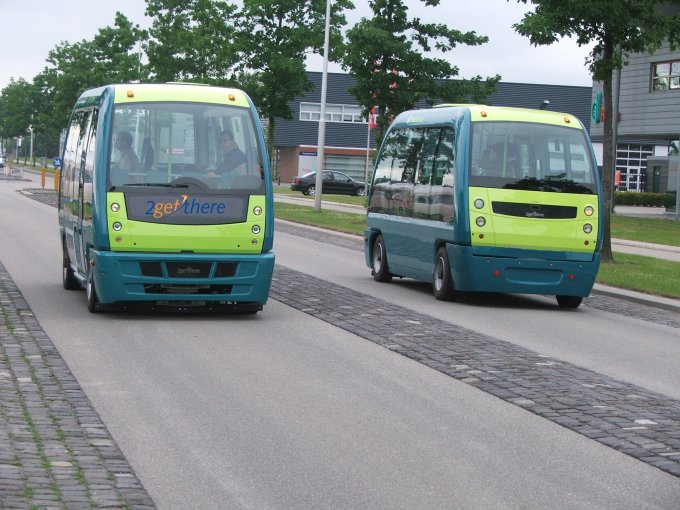Automated transportation in the (driverless) seat

Related topics
Innovation Transport Smart, green and integrated transport Belgium Finland France Germany Greece Italy Netherlands Portugal Spain United Kingdom Switzerlanddate: 19/02/2015
Project: Cities demonstrating cybernetic mobility
acronym: CITYMOBIL2
See also: CORDIS
Not that long ago, the idea of a driverless vehicle was the stuff of fantasy or science fiction. Yet today, a number of prototype automated vehicles and transport systems exist in various stages of development.
In terms of transportation systems, the automated ones currently in operation – in the Netherlands, the USA, the UK and the UAE – function within the comfortable confines of dedicated, protected infrastructure. The EU-funded CityMobil2 project seeks to take this to the next level: automated transport systems using the existing road infrastructure.
“Systems like this can provide transport on demand for those areas where there is not enough demand for conventional transportation systems,” explains Adriano Alessandrini, a transport and logistics researcher at the University of Rome, which coordinates CityMobil2.
The four-year project aims to demonstrate that automated systems are viable transport options for outlying urban areas and small towns. “Since towns were reluctant to invest in these costly, untested systems, we decided to procure the technology ourselves, develop the methodology and carry out demonstrations,” says Alessandrini.
EZ does it
With 45 partners drawn from system suppliers, public authorities, the research community and networking organisations, CityMobil2 has procured the technology required to demonstrate that automated transportation is feasible. This includes the EasyMile EZ-10, a self-driving electric car which is not only ideal for the transportation of passengers, but can also be adapted for logistical and freight use.
“Partly thanks to CityMobil2, two French companies – Ligier Group and Robosoft Technology – created the EasyMile joint venture which has produced the first automated road transport vehicle … on an industrial scale,” notes Alessandrini.
The project is rolling out three large-scale, six-month demonstrations in a variety of European urban settings. The first began in the autumn of 2014 in the French coastal town of La Rochelle, which has been a trailblazer in innovative and sustainable development. In 2015, the EPFL campus in the West Lausanne region of Switzerland and Trikala in Greece will host the other two demonstrations.
CityMobil2 is also studying the long-term socio-economic, environmental, cultural and behavioural ramifications of automated transportation. The resulting analyses of these and the technical aspects of the project will be used to plot possible future course. “We’re working on a blueprint which defines different possible scenarios depending on what is first automated: public transport or private cars or freight distribution.”
Driven to success
Although it is too early to second guess the final outcome of the project, Alessandrini is generally upbeat about the future of automated transportation. “I believe automation has the potential to have a disruptive impact. We can guide it towards very positive impacts or we can leave it to its own devices, which can be very negative,” he observes.
Alessandrini notes, for instance, that left unplanned and unguided, the process may lead to the emergence of automated passenger vehicles that may make the roads safer but will only add to the congestion and pollution. With the right guidance and policies in place, including the modification of transport infrastructures, automation can redefine the transport paradigm to make it more efficient and sustainable.
CityMobil2 is the successor to CityMobil, which highlighted various new and emerging transport concepts, from partly-automated car-share schemes to CyberCars. Alessandrini is confident that there will be future follow-up projects, but the team is focusing on the project at hand for the moment.
“Automated road transport is inevitable so we have to make the most of it,” he concludes.
